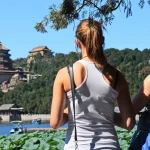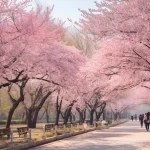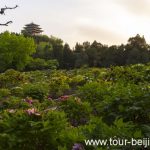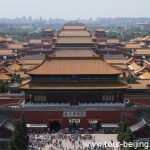How to get to Xijiang 1000-Household Miao Village
If you are in the process of planning your Guiyang tour or Guizhou tour, a day trip from Guiyang to Xijiang 1000-household Miao Village (西江千户苗寨) is highly recommended. About 200km to the east of Guiyang, Xijiang Miao Village is located in a deep valley of Leigong Mountain National Park, about 30 km to the Leigong…





